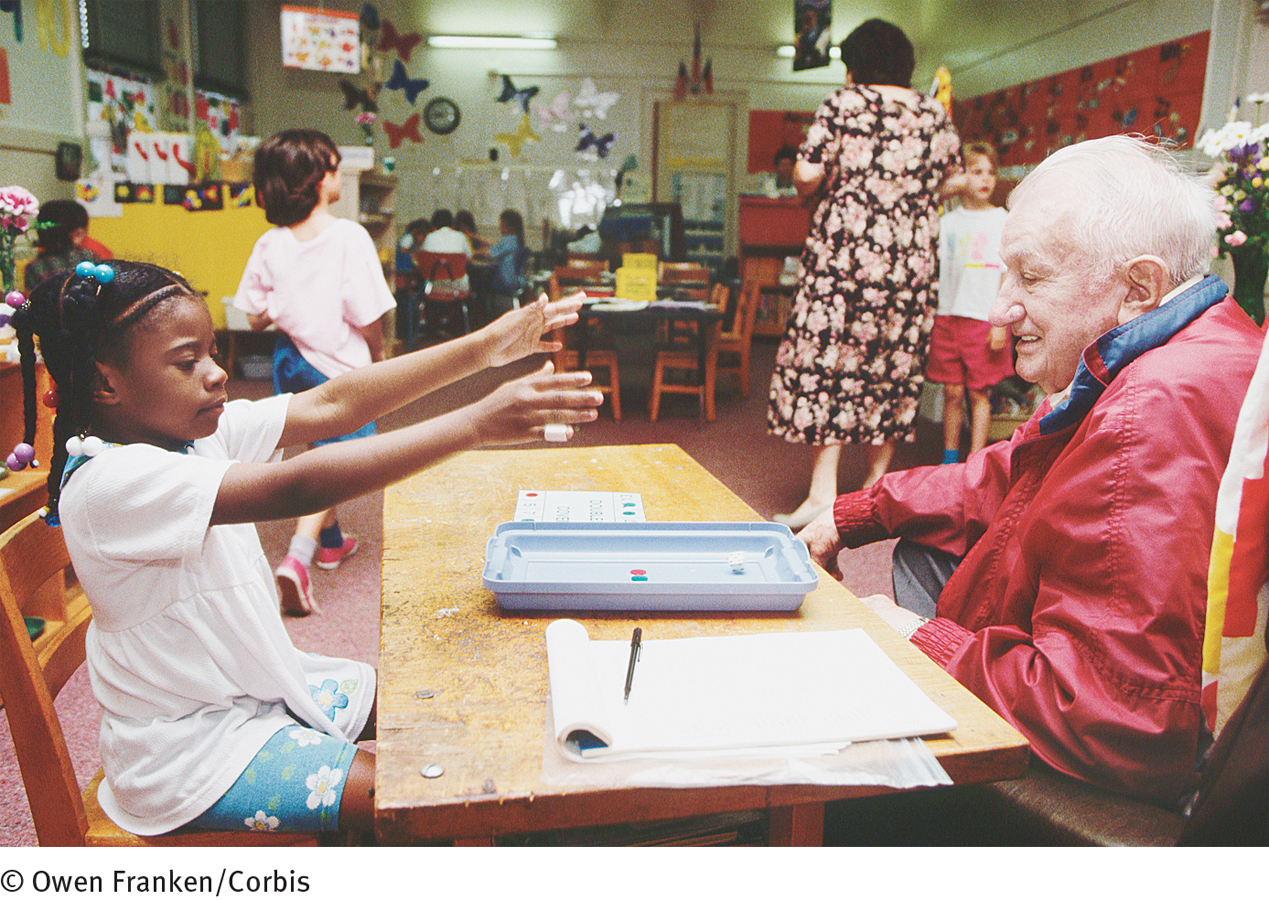18.2 Depression in Later Life
BETWEEN THE LINES
Bereavement and Gender
|
11.4 million |
Number of widows in the United States |
|
2.8 million |
Number of widowers |
|
(U.S. census Bureau, 2010,2005; Etaugh, 2008) |
|
Depression is one of the most common mental health problems of older adults. The features of depression are the same for elderly people as for younger people, including feelings of profound sadness and emptiness; low self-
[Oscar] was an 83-
During … treatment, [Oscar] discussed his relationship with his brother. He discussed how distraught he was to watch his brother’s physical deterioration from an extended illness. He described the scene at his brother’s deathbed and the moment “when he took his final breath.” He experienced guilt over the failure to carry out his brother’s funeral services in a manner he felt his brother would have wanted. While initially characterizing his relationship with his brother as loving and amiable, he later acknowledged that he disapproved of many ways in which his brother acted. Later in therapy, he also reviewed different facets of his past relationships with his two deceased friends. He expressed sadness that the long years had ended…. [Oscar’s] life had been organized around visits to his brother’s home and outings with his friends…. [While] his wife had encouraged him to visit with other friends and family, it became harder and harder to do so as he became more depressed.
(Hinrichsen, 1999, p. 433)
BETWEEN THE LINES
Losing a Spouse
Widowed men suffer more depression, other psychological disorders, and physical illnesses than widowed women.
In the United States, by two years after the death of their spouse, 19 percent of women are in a new romantic relationship and 5 percent are remarried.
In the United States, by two years after the death of their spouse, 61 percent of men are in a new romantic relationship and 25 percent are remarried.
(Etaugh, 2008; Fields, 2004; Wortman et al., 2004; Canetto, 2003)
Overall, as many as 20 percent of people become depressed at some point during old age (APA, 2014; Mathys & Belgeri, 2010). The rate is highest in older women. This rate among the elderly is about the same as that among younger adults—
Several studies suggest that depression raises an elderly person’s chances of developing significant medical problems (Coffey & Coffey, 2011; Edelstein et al., 2008). For example, older depressed people with high blood pressure are almost three times as likely to suffer a stroke as older nondepressed people with the same condition. Similarly, elderly people who are depressed recover more slowly and less completely from heart attacks, hip fractures, pneumonia, and other infections and illnesses. Small wonder that among the elderly, increases in clinical depression are tied to increases in the mortality rate (Aziz & Steffens, 2013).
Is it more likely that positive thinking leads to good health or that good health produces positive thinking?
As you read in Chapter 9, elderly people are also more likely to commit suicide than young people, and often their suicides are related to depression (Draper, 2014;Almeida et al., 2012). The overall rate of suicide in the United States is 12.1 per 100,000 people; among the elderly it is more than 16 per 100,000.

Like younger adults, older people who are depressed may be helped by cognitive-